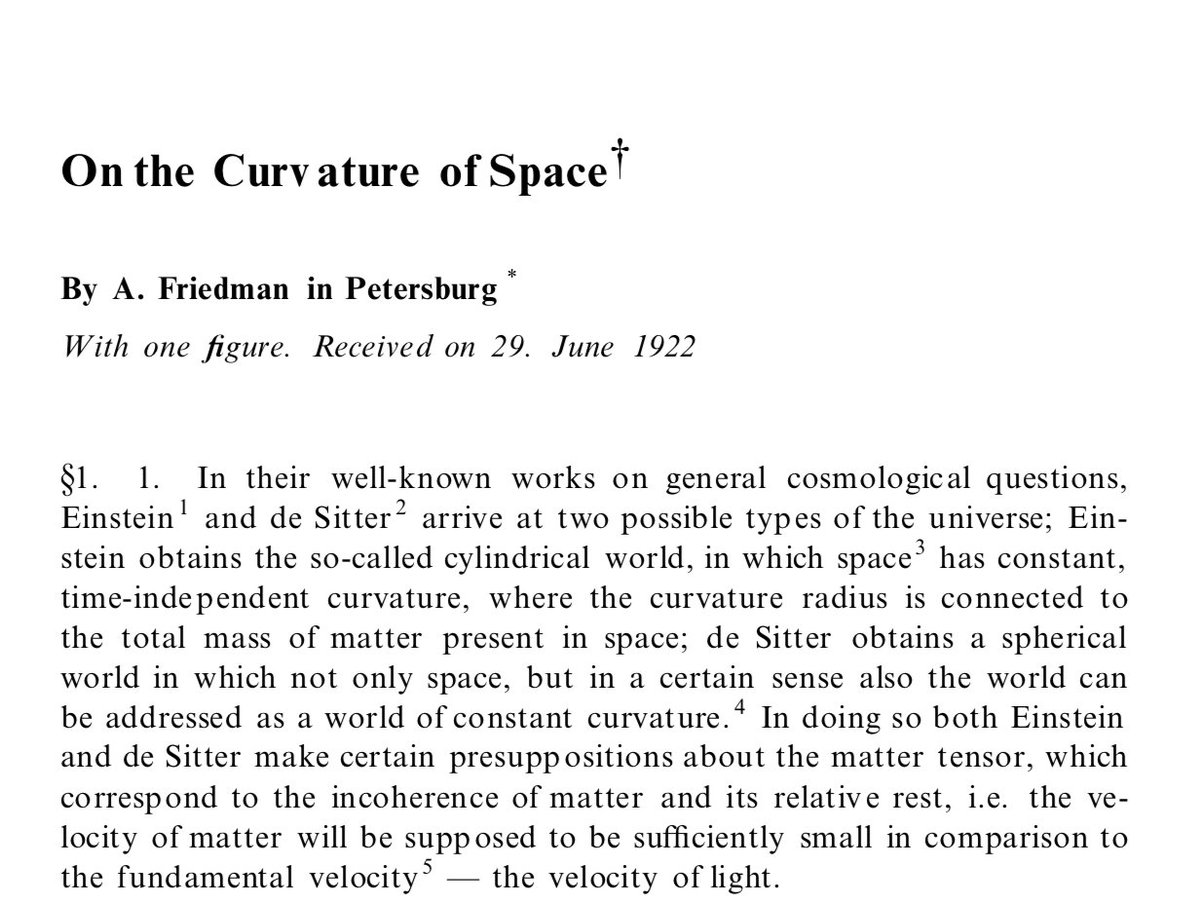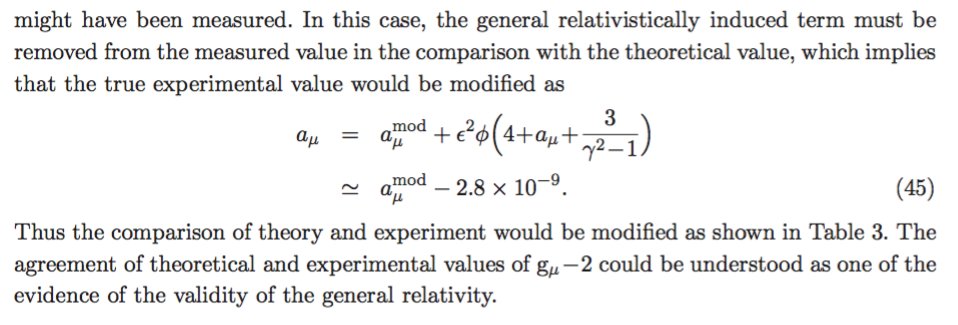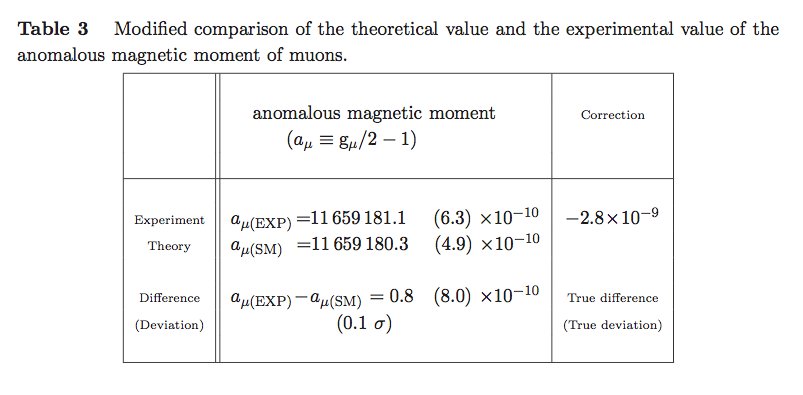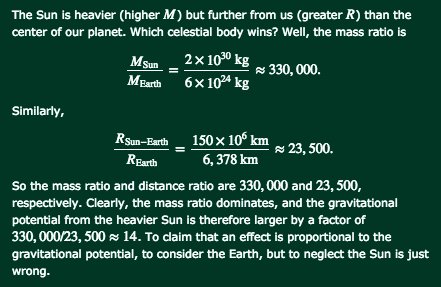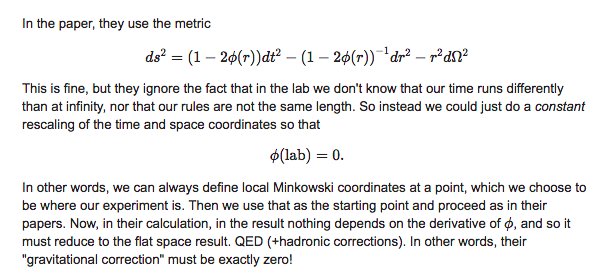arxiv.org/abs/1808.06634…
This solves the long-standing “cusp-core” problem in LCDM, and suggests that dark matter is a cold, collisionless, fluid.
[A thread]
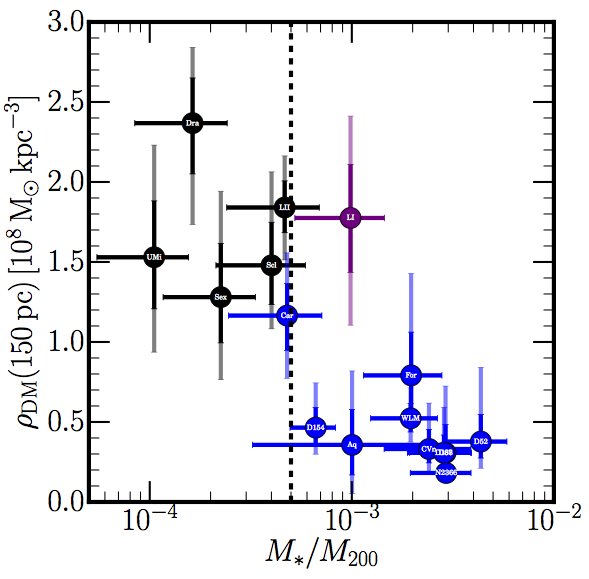
online.kitp.ucsb.edu/online/cdm-c18…
For a Twitter summary of the results, please read on ... [1/N]







